Retail’s grip on the city centre is loosening and there’s a serious shortage of housing.
Shops are concerned that people are spending less money and some larger units lie empty with little prospect of a big name arriving to plug the gap.
But at the same time, restaurants, bars and leisure activities are stepping up to fill the void.
Active travel is a hot topic and many believe it holds the key to making the city centre a more attractive place to be.
This isn’t about telling you what you already know about Inverness.
The above all applies to the Highland capital’s German twin city of Augsburg.
The bond between Inverness and Augsburg
Augsburg is located in Bavaria, around 40 miles north-west of Munich.
Its bond with Inverness began with a football match nearly 70 years ago. The twinning partnership was founded in 1956 and has been going strong ever since.
With a population of around 300,000 and nearly three times as much as that in its metro area, it is significantly larger than Inverness.
And while Inverness relies heavily on the influx of tourists to boost its economy, Augsburg has a much stronger industrial base.
That information alone is enough to tell you that these cities are not two peas in a pod.
But there are plenty of similarities. They are twins for a reason, after all.
Both have experienced fairly significant growth in recent decades and have city centres that are approaching a bit of a crossroads.
Stephan Mayr is in charge of inner city and retail development in the economic department of Stadt Augsburg, the city’s council.
“Retail continues to be the leading function, albeit with a clear downward trend,” he said.
“The city centre is becoming more multi-functional. Gastronomy (restaurants and cafes) and leisure uses are playing an increasingly important role.”
Sounds familiar, doesn’t it?
Retail woes shared in Augsburg
The steel shutters and To Let signs we’ve become accustomed to seeing in the last 15 years are not an Inverness phenomenon.
Not only is it a similar picture across Scotland, it’s happening all over the world.
The rise of internet shopping did not discriminate when it came to putting city centres in a chokehold.
Losing Debenhams from the Eastgate Shopping Centre was a hammer blow to Inverness.
And the failure to replace it is a constant talking point and often, used as a stick to beat the city with.
But Augsburg has its own tales of woe there too. The national department store chain Galeria Karstadt recently closed a number of its branches across Germany and Augsburg was one of the unlucky ones.
Mr Mayr added: “There are currently many insolvencies of well-known retail companies.
“The fluctuation in retail properties has increased significantly.
“And the subsequent use of those larger retail properties represents one of our greatest challenges.”
Germany’s public transport advantage
There is one area where Augsburg has a significant jump on Inverness though.
And that is its public transport.
Augsburg’s network of bus and streetcar lines offer frequent services that are very well used.
Locals sometimes complain about the price of tickets.
But to put that in perspective, you can purchase a ticket for €49 that allows you to travel on any local public transport in Germany as many times as you want for a month.
The Deutschlandticket sounds like a dream when you’re used to paying £5.70 for a return ticket to travel the three miles between Culloden and Inverness city centre.
There has also been a big push to improve things for pedestrians and cyclists, with dedicated bike lanes and safe spaces for walking a key part of some of the modern changes to its city centre.
The changes have come at the expense of car drivers. And Bavaria, after all, is the home of BMW.
But despite that, support for the changes has been pretty solid.
It’s been a different story in Inverness where the upcoming changes planned for Academy Street have divided the public.
You can look at that in two different ways – depending on what side of the argument you fall on.
Augsburg – and many other places – could be seen as an inspiration. Perhaps it’s time to follow that lead and have confidence that the changes will ultimately make a big improvement to Academy Street?
Or is it just the case that it’s a city more suited to active travel because of its drier weather and warmer climate.
Its public transport network is a reliable alternative. Without improving our own public transport first, will it be possible to replicate that success?
The view from Inverness
Talking to both sides of this twinning partnership, it’s clear that there’s a lot of mutual respect and appreciation.
Inverness city centre is going through a lot of similar changes.
The shift away from being entirely focused on retail has already begun.
The revamped Victorian Market has been a huge success and earlier this week, 10,000 people came through its doors in a single day.
And the shift will accelerate even further with the opening of Inverness Castle as a tourist attraction next summer.
David Haas, Highland Council’s Inverness city manager, said Augsburg’s diverse industries gives it a big advantage when it comes to tackling the retail challenge.
But he’s optimistic that the green freeport and rise of renewables will help address that.
“They are more cushioned,” Mr Haas said. “There are massive employers like BMW nearby. Our biggest employers here are Highland Council, the NHS, the police and tourism hospitality.
“I would argue we are in a much tougher place because of our geographical location.
“But the freeport is offering us the first major chance to build that sector.”
Are living spaces key to improving Inverness city centre?
Inverness provost Glynis Campbell Sinclair believes that potential changes to Academy Street will inject some fresh optimism into the city centre.
But a lack of finance means the city will struggle to compete with its twin counterparts.
Councillor Campbell Sinclair recalls growing up in Inverness at a time when many of her friends lived in flats above shops in the city centre.
She said: “I do just despair sometimes walking through the city centre now. That’s why many of us were so enthused about the redevelopment of Academy Street.
“Have retail parks killed the city centre? Probably.
“But what I envisage for our city centre now is people living in it, that’s what we need for it to feel alive.”
What lies ahead will undoubtedly be challenging for Inverness.
But it’s good to know that there are plenty of friendly faces available to offer a preview on how it might all turn out.
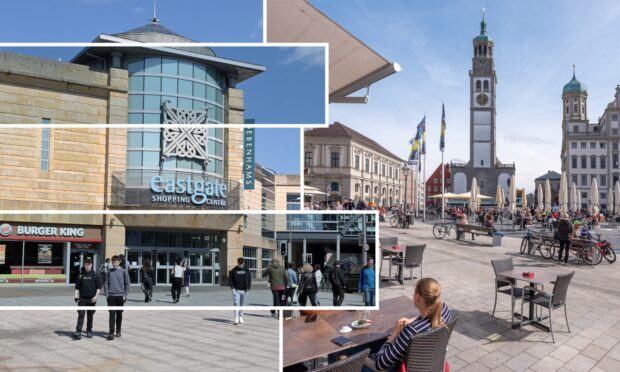
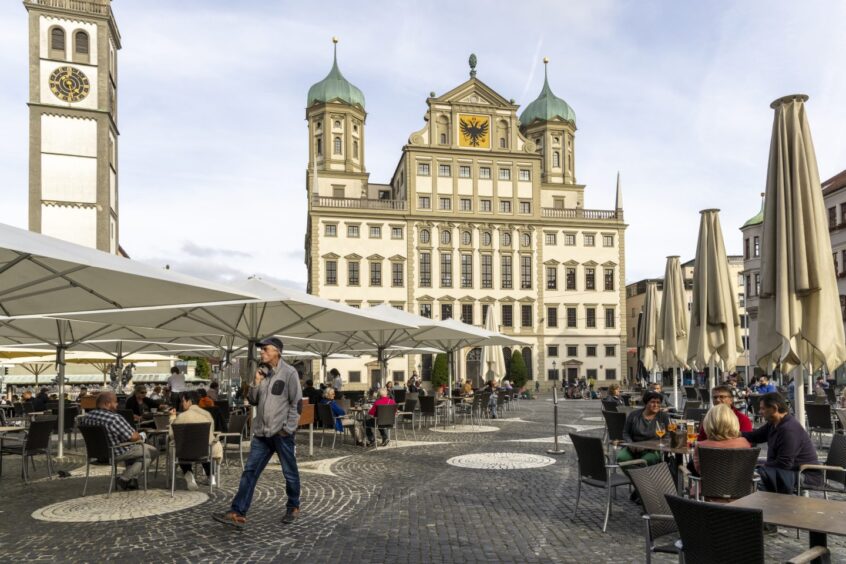
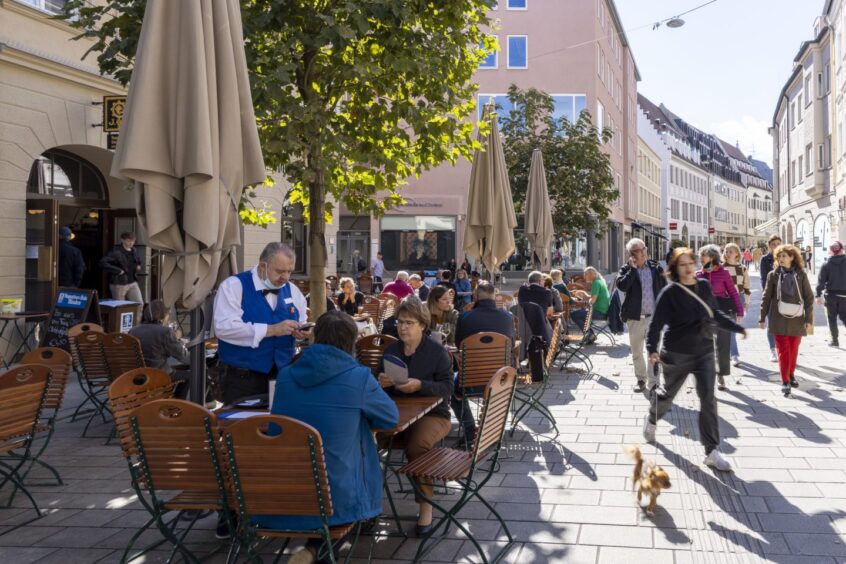
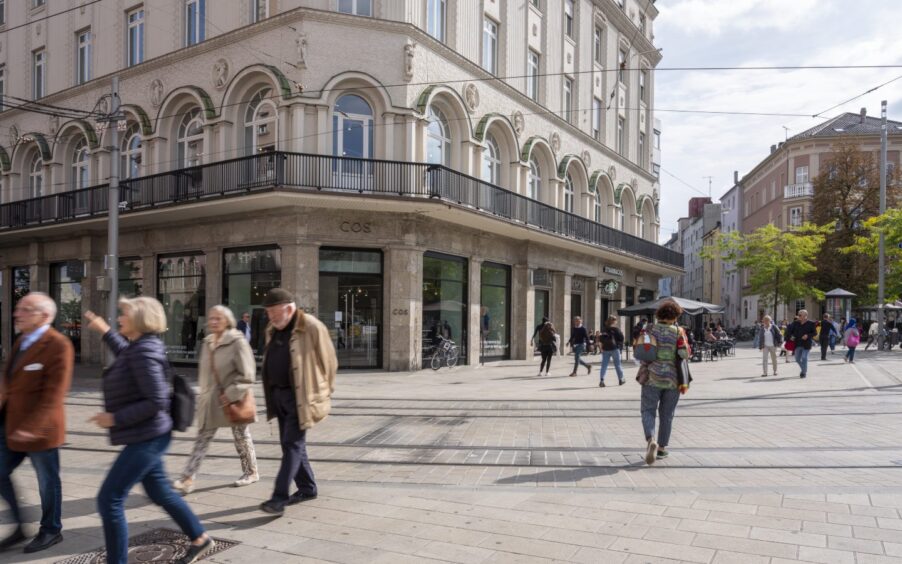
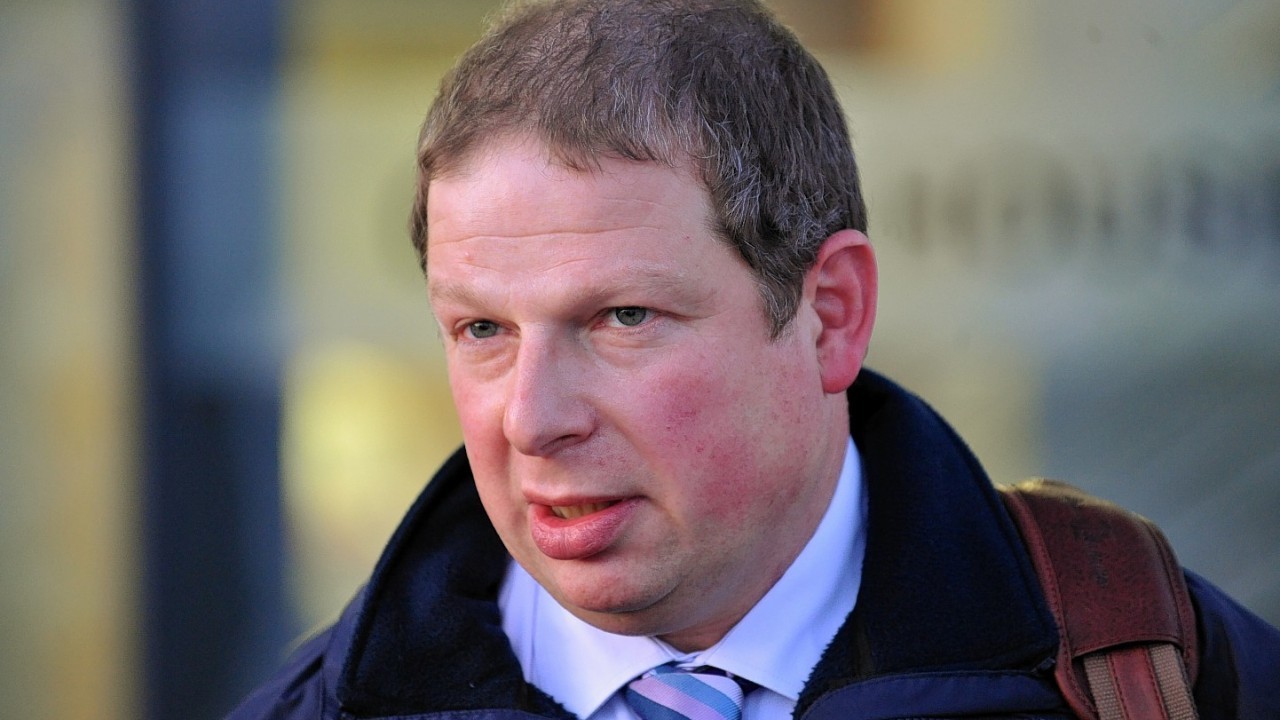
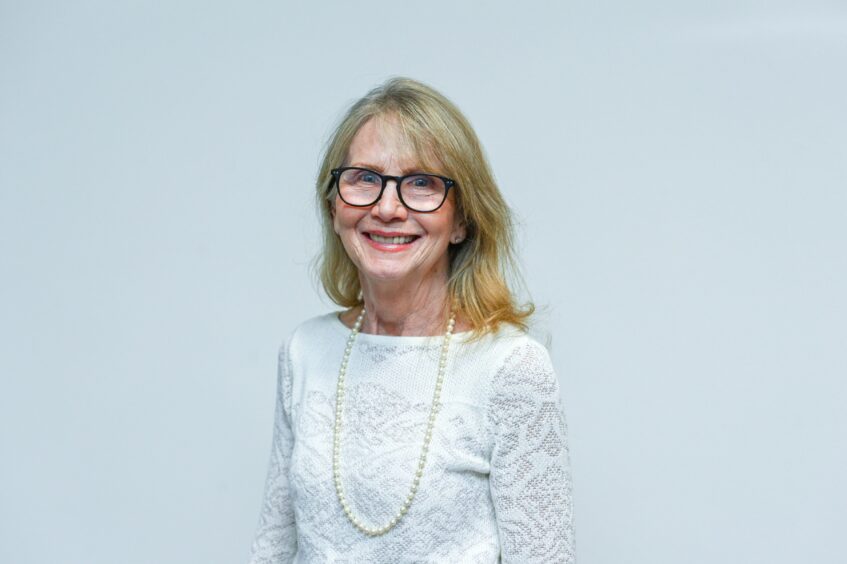
Conversation